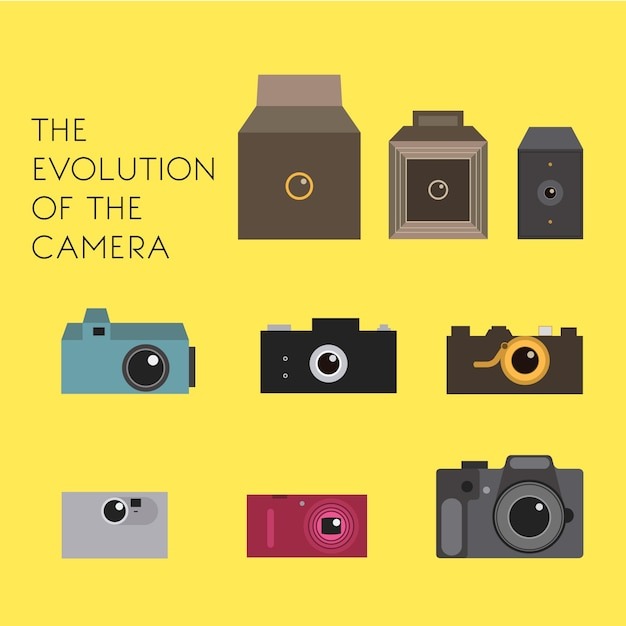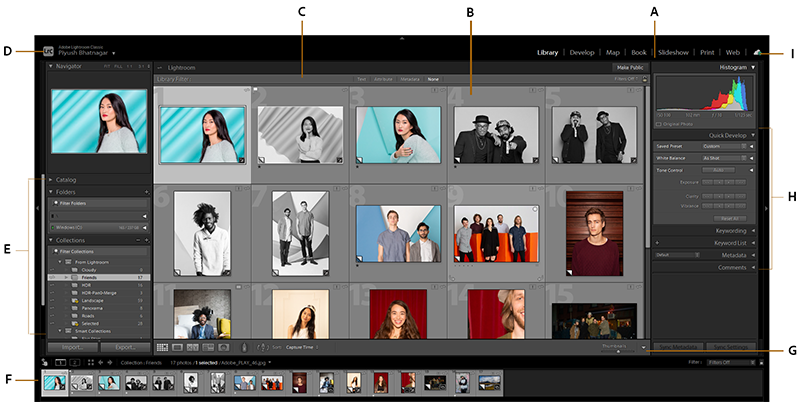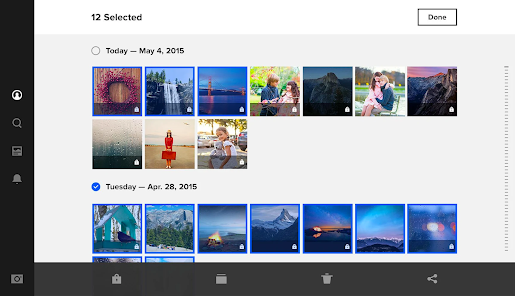Capturing Moments: A Journey through the History of Digital Photography and Organising Your Visual Story
Digital photography has revolutionised the way we capture, share, and store our most precious moments. From the advent of the first digital camera to the sophisticated imaging technologies available today, the evolution of digital photography has been nothing short of remarkable.

Capturing Moments A Journey through the History of Digital Photography and Organising Your Visual Story
In this blog, we’ll take a trip down memory lane, explore the prevalence of digital photography in our lives, delve into effective ways to organise your vast collection of digital memories, and glimpse into the future of photography in 2024 and beyond.
The Evolution of Digital Photography

Evolution of Digital Photography. Image source: FreePik
The concept of digital photography dates back to the 1950s, but it wasn’t until the 1980s that the first digital cameras became commercially available. These early models were cumbersome and expensive, but they laid the groundwork for the digital imaging revolution.
As technology advanced, digital cameras became more compact, affordable, and accessible to the general public. The introduction of smartphones with built-in high-quality cameras further accelerated the integration of digital photography into our daily lives. Social media platforms became a virtual gallery for sharing snapshots of our experiences, and the demand for visually engaging content soared.
Prevalence of Digital Photography
Today, digital photography is an integral part of our culture. From capturing mundane moments to creating professional-grade content, the ubiquity of digital cameras has made everyone a potential photographer. The ease of sharing photos on social media, the advent of cloud storage, and the accessibility of high-quality imaging devices have all contributed to the prevalence of digital photography in our lives.
Organising Your Digital Memories:
As our collection of digital photos grows, so does the challenge of keeping them organised. Thankfully, there are several apps designed to simplify the process:

Google Photos
This app offers unlimited cloud storage and automatically organises your photos using AI, making it easy to search and retrieve specific images.

Apple Photos
Ideal for iPhone users, Apple Photos categorises your photos by date and location, and its facial recognition feature makes it effortless to find pictures of specific people.

adobe photo library
A powerful tool for photographers, Lightroom allows you to organise and edit your photos seamlessly. It offers cloud storage and synchronisation across devices.

onedrive photos
This cloud storage solution integrates with Windows devices and provides a seamless experience for organising and accessing your photos from anywhere.
5. Flickr

Flickr
Beyond just a photo-sharing platform, Flickr offers robust organisational features, including customisable tags and albums.
The Future of Photography in 2024 and Beyond
Looking ahead, several trends and advancements are set to shape the future of photography:
1. AI-Enhanced Photography – Artificial Intelligence will continue to play a pivotal role in photography, from improved image recognition to advanced photo editing capabilities.
2. Augmented Reality (AR) – The integration of AR into photography is expected to create immersive and interactive experiences, allowing users to engage with photos in entirely new ways.
3. Blockchain for Image Ownership – Blockchain technology may be utilised to establish ownership and authenticity of digital photos, addressing concerns related to image theft and copyright infringement.
4. Advancements in Smartphone Cameras – Expect continuous enhancements in smartphone camera technology, including improved low-light performance, higher megapixel counts, and innovative sensor designs.
5. Virtual Photography Studios – Virtual reality (VR) and augmented reality studios may become more prevalent, offering users the ability to create and manipulate immersive digital environments for their photoshoots.
Conclusion
The journey of digital photography from its humble beginnings to its current prevalence is a testament to the power of technological innovation. As we continue to capture and share moments through digital lenses, the organisation of our visual narratives becomes increasingly important. Utilising the right apps can simplify this process, ensuring that our digital memories are not only preserved but easily accessible.
Looking ahead, the future of photography promises exciting developments that will further transform how we capture and interact with images. Whether it’s through AI enhancements, augmented reality, or blockchain technology, the world of photography is poised for continuous evolution, offering enthusiasts new and captivating ways to tell their visual stories.
—
Content Created on 12/12/2023 by
John Pititto
Managing Director
The Original PC Doctor





















































































